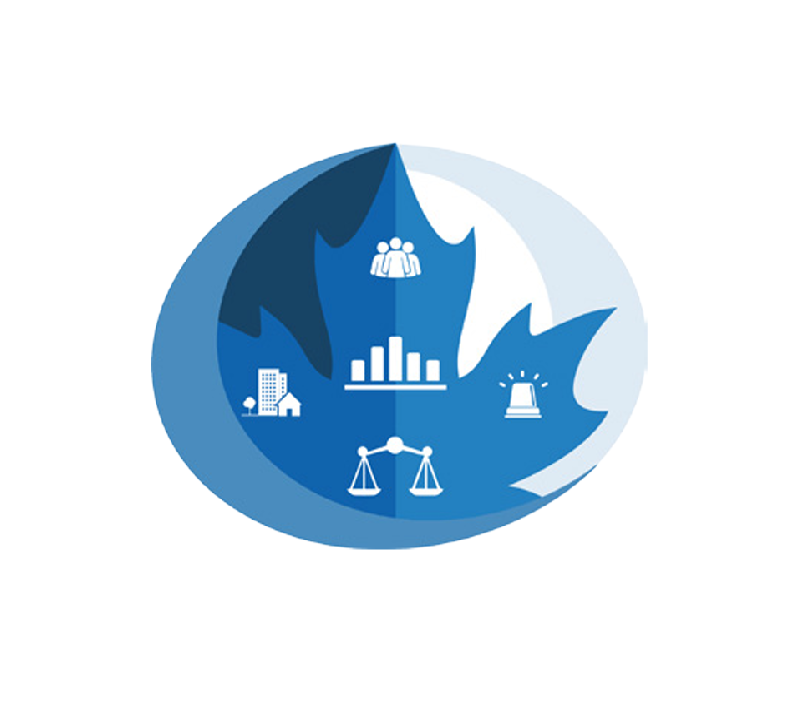Canadian data reveal that the number of police-reported incidents have been increasing since 2009 (Cotter 2020; Ibrahim 2021; Parliament of Canada 2018), of which the vast majority of investigations were related to some form of sexual exploitation (Department of Justice 2015; UNODC 2021a).
Whether this increase is due to a rise in the number of incidents, improved detection or increased public awareness cannot be determined through official data. Data on trafficking for forced labour is limited and, as such, it is not possible to measure the extent of this form of human trafficking, in Canada or abroad. Research to date, however, has shown how gender and age of forced labour trafficking victims varies across geography and economic sector, thereby affecting different genders in unique ways (UNODC 2021a). Conversely, human trafficking for sexual exploitation is highly gendered and affects women and girls disproportionately, although men and boys can also be victims (Parliament of Canada 2018; Public Safety Canada 2019; UNODC 2021a). The risk is heightened among particular groups such as Indigenous women and girls, vulnerable youth or those with prior involvement with the child welfare system, LGBTQ2+ persons,1 migrants and others who experience social or economic marginalization (Baird et al. 2020; Parliament of Canada 2018; Public Safety Canada 2020a; Public Safety Canada 2019; UNODC 2021a).


